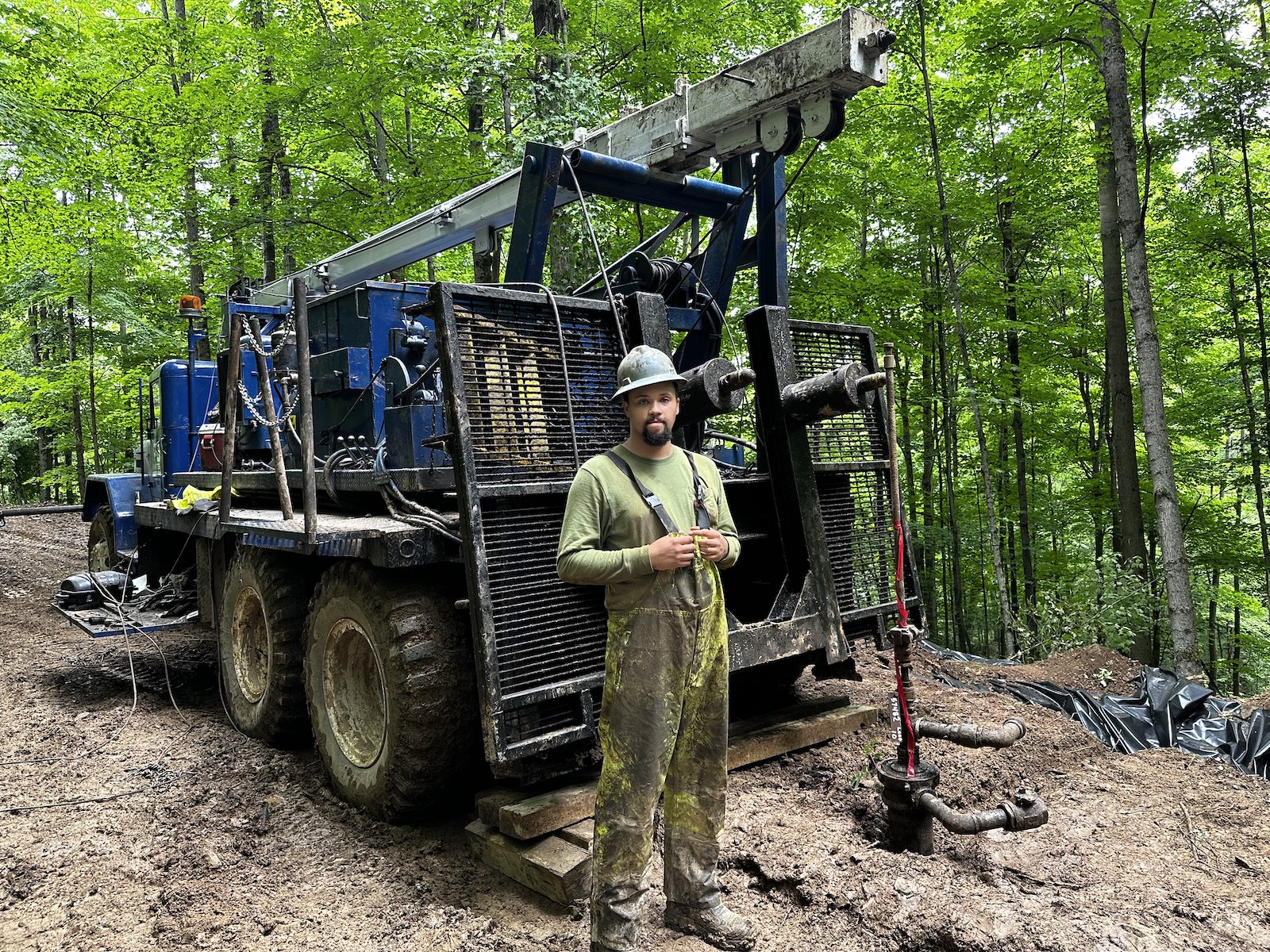The U.S. presidential campaigns both have their eyes on the critical swing state of Pennsylvania — and Pennsylvania, as ever, has its eyes on energy. The state is the nation’s second-largest producer and exporter of fuels for energy — mostly natural gas and coal. The future of those industries is sufficiently important to the state’s voters that one of Vice President Kamala Harris’ first political decisions as a presidential candidate this summer was to drop her support for a ban on fracking.
But even with continued fracking in the western part of the state, the state’s fossil fuel industry jobs are poised to dry up, and they have been showing signs of doing so for years. The future for the state’s energy industry is beginning to look much different than its past: Polling shows that Pennsylvanians broadly support an expansion of clean energy. That support is not just limited to climate-conscious Democrats in the state’s urban areas — it’s also beginning to show up in the industrial professions that have long depended on Pennsylvania’s legacy fossil fuel industry. In the latest sign of this shift, last week a coalition of trade unions launched a new advocacy group, which is led by the state’s AFL-CIO president and is aptly titled Union Energy, to try to ensure that workers in Pennsylvania get a “just transition” to a fossil-fuel-free economy.
So far, lost jobs in fossil fuel extraction have yet to be fully replaced by clean energy jobs. “They’re beginning to emerge — we’ve seen some solar, we’ve seen some wind — but as these industries are emerging, that’s where we’re saying we want to be a bigger part of this conversation, and ensure that what is coming is going to be driven by good quality union jobs,” Angela Ferritto, the president of Pennsylvania’s AFL-CIO, told Grist.
Union Energy is a collaboration between two unions — the Pennsylvania AFL-CIO and the Pennsylvania Building Trades — and the Climate Jobs National Resource Center, an organization whose signature strategy has been to rally union support for climate projects in states across the country. Perhaps the group’s biggest success story thus far has been organizing the coalition of unions and environmental groups that backed a pioneering climate law passed in 2021 in Illinois.
Union Energy’s launch event was held at the Cleveland-Cliffs plant in Steelton, PA, which is the nation’s oldest operating steel mill. Labor leaders spoke against a backdrop of a giant American flag and metal letters reading “Good Work is Done Safely.” The location was symbolically important not only because of its history, but also because Cleveland-Cliffs represents the kind of progress that Union Energy is seeking to champion in the present. Just a week before the event, Cleveland-Cliffs had been awarded $19 million from the federal Department of Energy to electrify its steel-production furnaces at another of its Pennsylvania facilities. This will help the company reduce fossil fuel emissions by using induction heat, an important step for the notoriously hard-to-decarbonize steelmaking process.
“Cleveland-Cliffs built this country, and it will build the steel of tomorrow cleaner than it has ever been,” said Robert Bair, the president of the Pennsylvania Building Trades union and the secretary-treasurer of Union Energy, at the event.
The argument for unions’ involvement in the energy transition is not only about unionizing the burgeoning clean energy sectors, although that is indeed beginning to happen. According to a federal report on energy employment released last week, the (slim) proportion of clean energy workers who are in a union has for the first time surpassed that of the energy sector overall. Even beyond making sure that the new jobs are well paid and unionized, labor leaders argue, unions are crucial partners in actually making the energy transition happen. For one thing, they’re uniquely equipped to build out the high-skilled trades workforce that is in woefully short supply for what is, after all, a massive industrial project in a country that hopes to rebuild industrial employment.
In particular, union apprenticeships and training programs are valuable pathways for large numbers of people to join relatively lucrative blue-collar trade professions. One such apprenticeship program was launched in Pennsylvania on August 26 by the United Mine Workers of America in partnership with the state’s governor, Josh Shapiro. Through the program, the mineworkers union will train workers to remediate the hundreds of thousands of abandoned oil and gas wells that blanket the western half of the state, pollute drinking water, and leak huge amounts of planet-warming methane gas.
Besides training workers, unions can also play an important role in building political support for the actual projects where new jobs will be deployed — as Climate Jobs’ campaigns in states like Illinois have shown.
Alongside the launch of Union Energy, an affiliated research institute at Cornell University released a report envisioning the range of similarly ambitious, worker-centered efforts that Pennsylvania could take to decarbonize every sector of its economy, from energy to transportation to agriculture. It’s a vision whose realization would require a degree of cooperation between the labor and climate movements that once sounded implausible — but in Pennsylvania, now seems a little less far off.
“We all want the same thing, at the end of the day,” said Ferritto. “We want clean air, we want clean water, we want to be able to see our children and grandchildren run around the earth like we did as children — and we also want to be able to go to work, come home and know that we’re gonna be able to take care of our families.”





